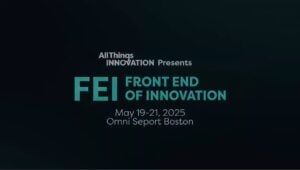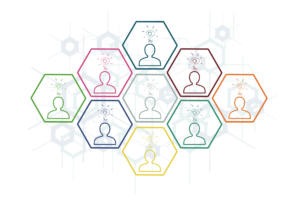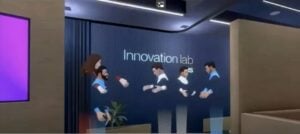Reducing the Fear Factor
Innovation often fails for a reason, but it rarely just vanishes. Systemic issues include the fear of failure, rigid processes, burnout or the lack of autonomy.
The innovation community agrees that one element not to be discounted is to foster psychological safety so employees can share ideas without fear. Provide dedicated time and resources for creative work. Encourage collaboration across departments, empower employees to solve problems, and celebrate both successes and failures as learning opportunities.
In its blog, “Dealing With a Decrease in Innovation or Creativity,” the Fun Dept. outlines several steps to combat the innovation blues:
- Create a Safe Space for Ideas: Innovation thrives when employees feel safe to share ideas without fear of judgment. Host regular brainstorming sessions where all ideas are welcome no matter how wild or unconventional. Use anonymous idea submissions for employees who may be hesitant to speak up. Reinforce psychological safety by celebrating the effort behind ideas, even if they don’t work out.
- Encourage Cross-Functional Collaboration: Fresh perspectives often come from unexpected places. Bringing together employees from different departments can spark new ways of thinking. Organize cross-functional teams for big projects or brainstorming sessions. Host “innovation days” where employees from different roles collaborate on solving a shared challenge. Create informal networking opportunities, like lunch-and-learn sessions, to encourage knowledge sharing.
- Provide Time for Creative Thinking: If employees are bogged down with back-to-back deadlines, they won’t have the mental space to think creatively. Dedicate time in the workweek for creative projects or innovation-focused tasks. Encourage “20% time” initiatives, where employees spend part of their day exploring passion projects or experimenting with new ideas. Limit unnecessary meetings to free up time for deep, focused work.
- Foster a Playful Environment: Play and creativity go hand in hand. Employees who feel relaxed and have fun are more likely to think outside the box. Introduce playful elements to team meetings, such as games or icebreakers. Create a physical or virtual space for creativity, like an idea board or a shared folder for brainstorming. Celebrate humor and spontaneity—it’s amazing what a good laugh can do for the creative process.
- Reward Innovation: Employees are more likely to think creatively when they see their efforts are valued. Recognize and celebrate innovative ideas, even if they don’t immediately lead to success. Offer tangible rewards for impactful ideas, like bonuses, extra time off, or shout-outs in company communications. Include creativity as a metric in performance evaluations to emphasize its importance.
Enabling Transformation
How many times in a corporate innovator’s career have we experienced the initial excitement around new innovation initiatives, only to see them lose momentum and fade over time? The only solution to this is true, systemic change.
During FEI25, in the session, “Driving Systemic Change: The Playbook to Reignite A Culture of Innovation and Transform a Business,” Erin Faulk, President of The Garage Group and Sara Stabelfeldt, Vice President of Innovation at Schreiber Foods, shared an authentic, “behind the scenes” perspective on the five-year journey to transform Schreiber Foods into a culture of innovation. They transformed the culture to an environment that is resilient to change, committed to possibility, and always experimenting in service of sustained growth and impact.
The session also outlined what it called five key enablers for transformation:
1. Creating a Dynamic Shared Vision
2. The Snowball Analogy (Transformation isn’t linear. Like building a snowman, you start with a tightly packed ball but must allow it to take on a life of its own, following the contours of the ground.)
3. Demonstrating Vulnerability by Showing Work
4. Leveraging Sprints for Business Challenges
5. Building Post-Sprint Momentum
The transformation has created an innovation ecosystem at Schreiber that includes core innovation, adjacent innovation, digital transformation, startup partnerships, and a venture capital arm.
From Innovation Bust to Boom
Leadership is also critical in the race for innovation. Investing in development, expanding training programs and workshops, and taking part in innovation challenges can all reignite the culture of innovation and experimentation that can and should permeate the workplace.
At the FEI25 session, it was also noted to embrace non-linear transformation. Sometimes, the innovation journey is not shaped like a straight line. Like rolling a snowball, transformation follows an unpredictable path. Stay focused on the problem you’re solving while allowing flexibility in how you get there.
Video: “Driving Systemic Change: The Playbook to Reignite a Culture of Innovation and Transform a Business,” featuring Erin Faulk, President of The Garage Group and Sara Stabelfeldt, Vice President of Innovation at Schreiber Foods, courtesy of FEI25.
Contributor
-

Matthew Kramer is the Digital Editor for All Things Insights & All Things Innovation. He has over 20 years of experience working in publishing and media companies, on a variety of business-to-business publications, websites and trade shows.
View all posts










































































































































































































